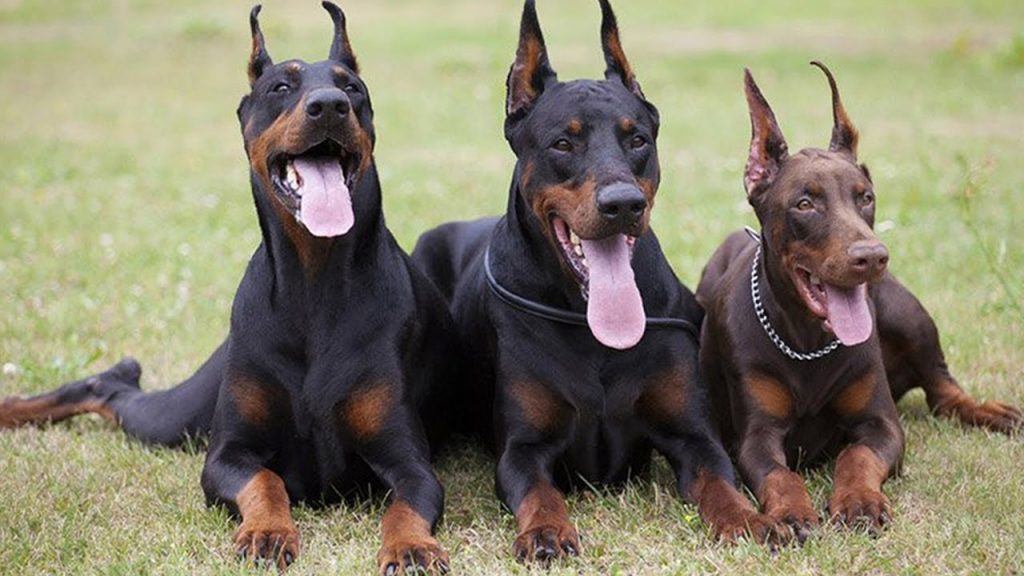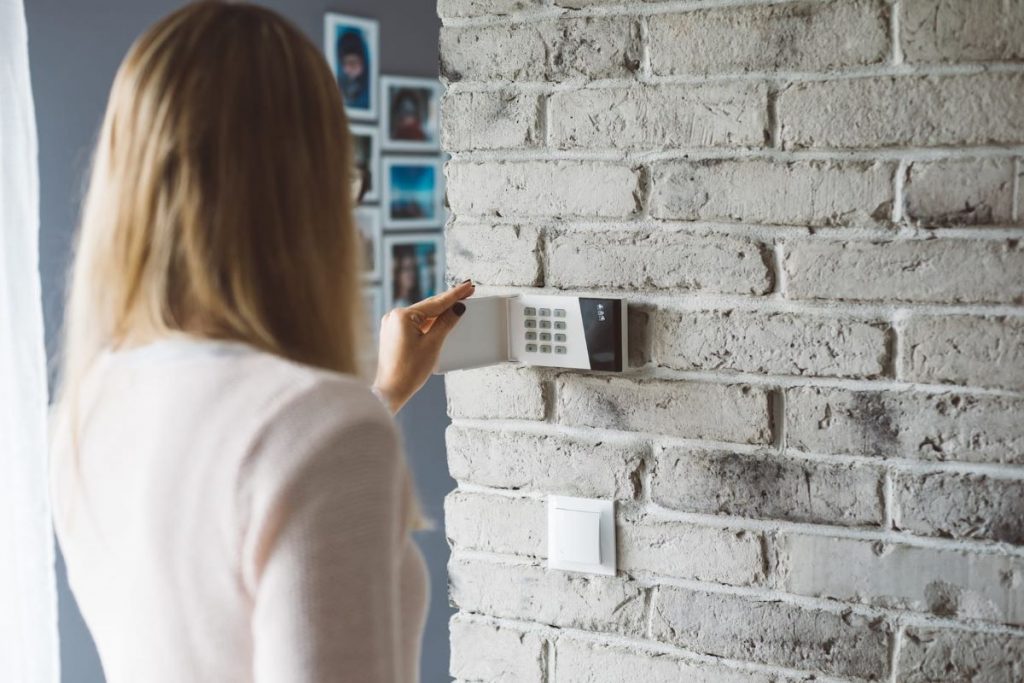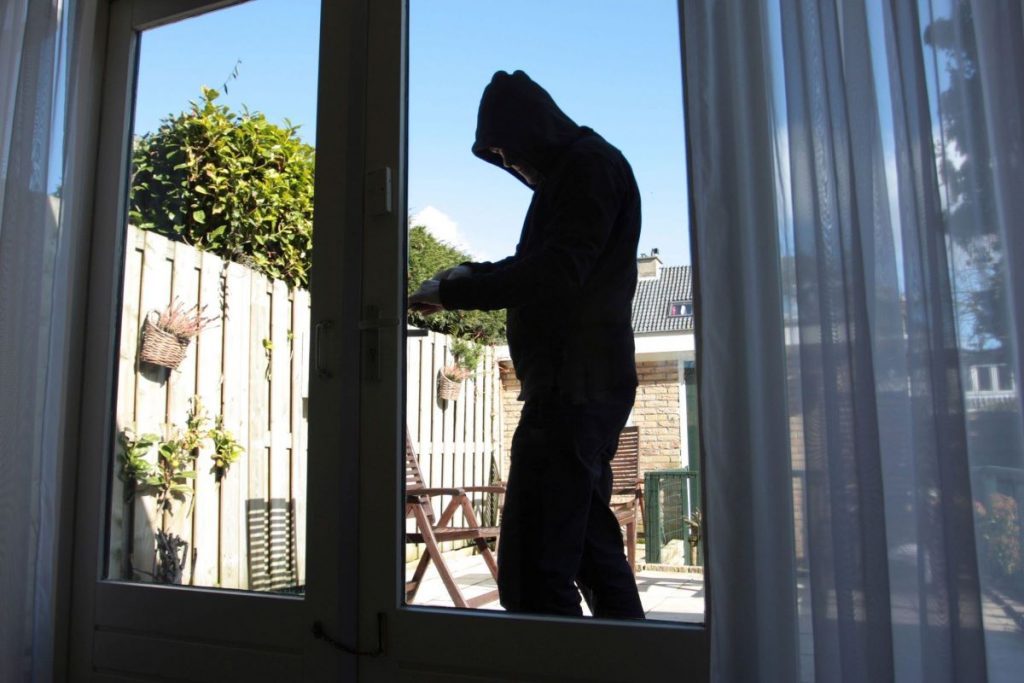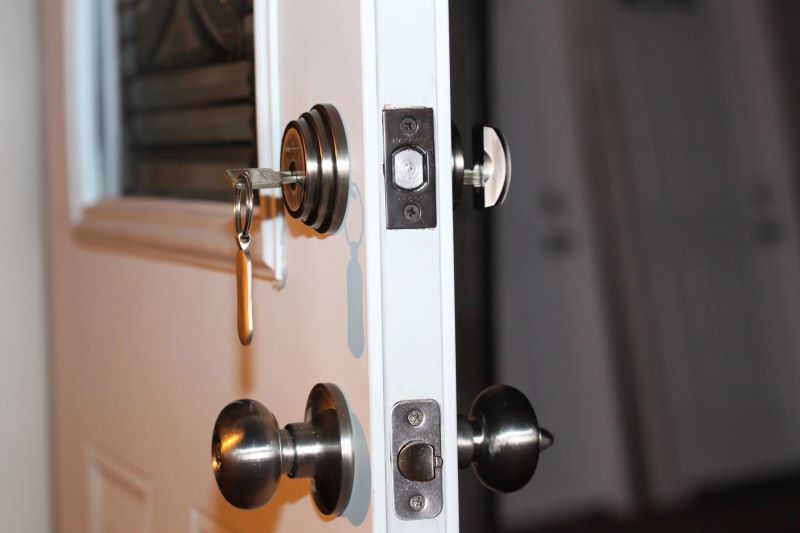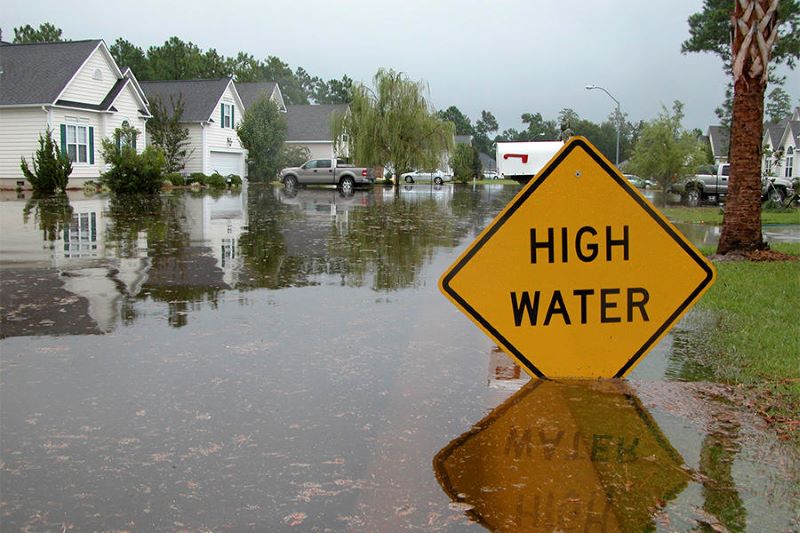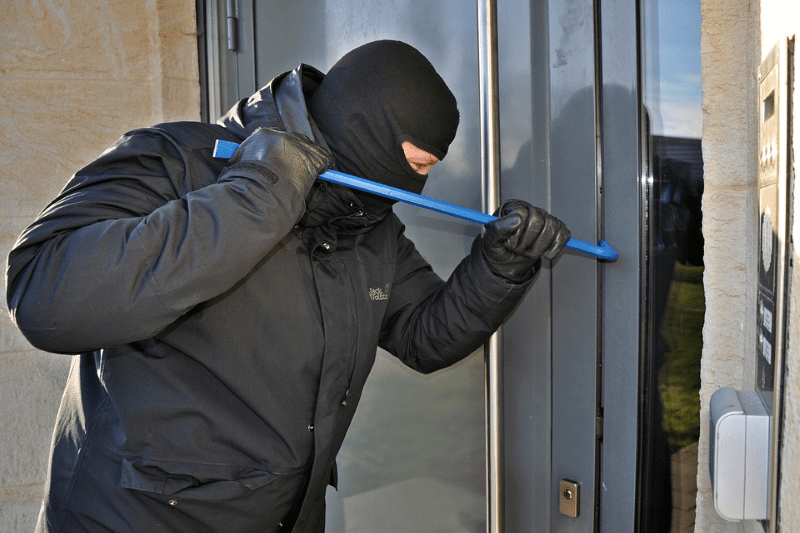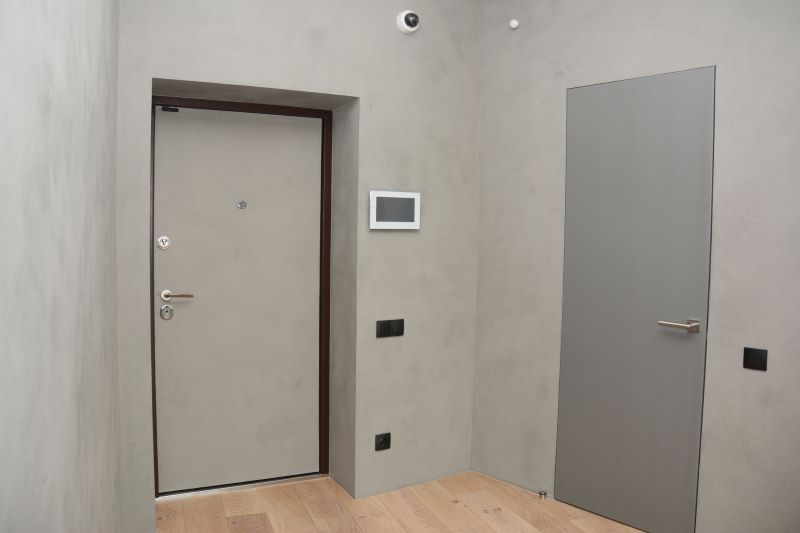Table of Contents
Unless you’ve hired commercial guard dog security before, you may not know exactly what to expect from such a service, why you might want it and how to ensure it complies with the law. If you’re considering security for your business or event, here is your quick guide to what to expect from a guard dog.
Watch dogs are not guard dogs
Contrary to popular belief, watch dogs and guard dogs are not the same thing. Watch dogs can be very effective when used in conjunction with guard dogs, and guard dogs can fulfill the function of watch dogs, but not the other way round.
Watch dogs act as a living burglar alarm – detecting intruders and alerting you to them by barking. Given the intruder doesn’t know whether the dog is a watch dog or a guard dog, sometimes that will be enough. But a watch dog is not trained to attack, or more importantly, to stop attacking.
Most watch dogs don’t require any training.
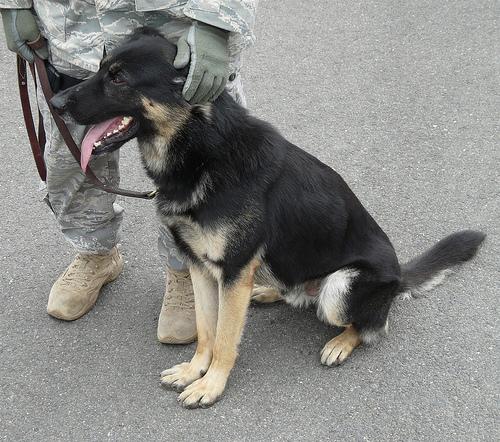
What guard dogs are trained to do
Guard dogs on the other hand will be trained extensively. A good guard dog will have been selected based on its breed and intelligence, lending it the right characteristics to be a good guard dog. This means that they will be a big dog that is predisposed to attack trespassers.
Most guard dog training is involved in teaching the dog to obey commands and to stop attacking when necessary. Guard dogs are also trained to warn trespassers they are going to attack by first making an aggressive display.
Why guard dogs are effective security
Guard dog patrols make excellent security for a number of reasons. Firstly, thanks to a dog’s speed and sense of smell, they can cover far greater areas in a shorter space of time than a solely human patrol can.
Secondly, guard dogs act as a useful deterrent. Any premises using guard dogs must clearly display signs warning visitors – often the signs are enough. If not, then a good dose of barking will usually do the trick. Ideally, guard dogs will never have to act beyond this.
Should the dog have to go further than barking, there’s not a lot that will make an intruder back down quicker than a big dog on the attack.
The Guard Dog Act 1975 and the BS8517 standard
If you are hiring professional guard dog security, then you need to be aware of the law surrounding guard dogs. The Guard Dog Act of 1975 stipulates chiefly that any guard dog must be with its handler at all times – this is primarily so it can be called off when necessary. If the handler is not present, the dog must be secured so it can’t wander freely. The Act also states that a notice warning that a guard dog is present must be clearly displayed at every entrance to the premises.
In theory, anyone can legally set themselves up as a guard dog handler as long as they keep within the above stipulations and don’t claim to be a security officer themselves. The BS8517 standard developed by the NASDU (National Association of Security Dog Users) came into force in 2009 as a clearly set out code of practice for anyone offering commercial guard dog security services.
Although it is not law, the existence of a nationally recognized code of practice means that any reputable guard dog handler should be working to it – so ask before you hire if the standard has been met.
